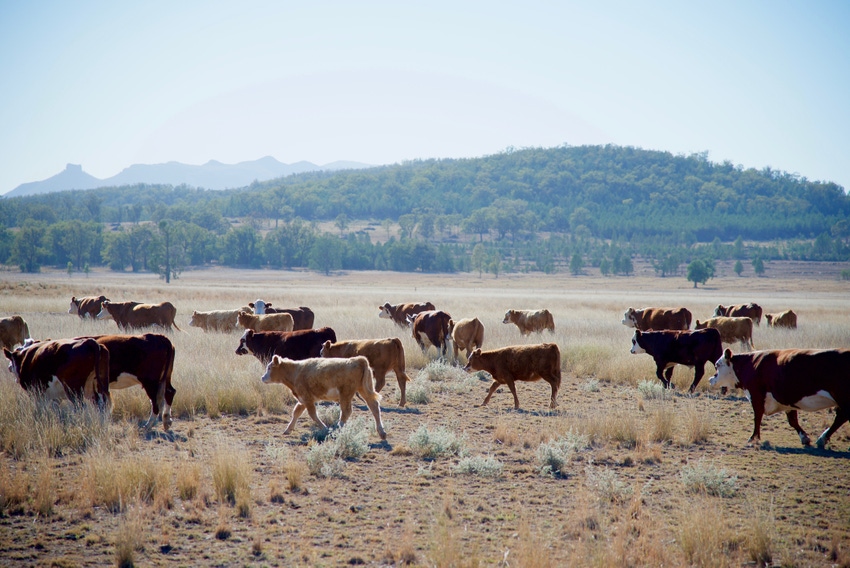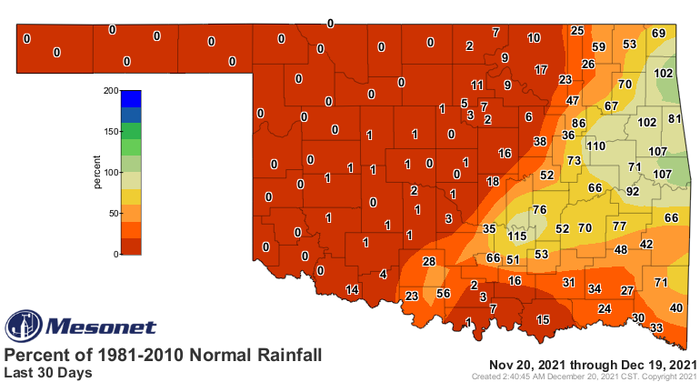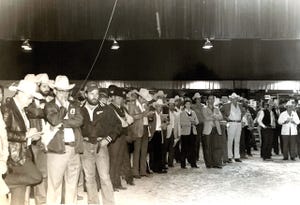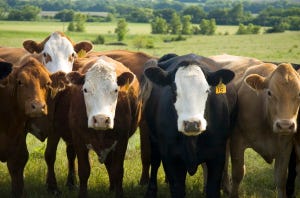Cattle markets add Christmas cheer
However, drought is the Grinch this year.

Christmas is upon us, and cattle markets are adding to the holiday spirit as 2021 comes to a close. Optimism that has built in feeder cattle markets in the second half of the year has been enhanced and consolidated with the fed cattle market breaking out and moving sharply higher in the last two months of the year. Fed cattle prices have increased roughly 12 percent since late October and are about 29 percent higher compared to one year ago in December.
Oklahoma calf and stocker prices in mid-December are up 15 percent from the fall low in early October and are roughly 12 percent higher than the same time last year. Heavy feeder cattle prices have increased about five percent since October and are ending the year about 18 percent higher year over year. The auction totals for feeder cattle have been up nearly ten percent year over year since September with the December totals up over 22 percent compared to last year. Rising market prices apparently encouraged some producers to hold off until after Thanksgiving to market feeder cattle this year.
Rapidly expanding drought conditions are threatening winter wheat grazing in the southern plains. Dwindling forage supplies may already be causing some wheat pasture removals and could be contributing to the strong December feeder cattle auction volumes. The Mesonet map below shows that the majority of Oklahoma has received little or no precipitation in the past 30 days. Without additional moisture very soon, more wheat pastures will have to be destocked. Current forecasts show little chances for precipitation in the region into January. Wildfires have already caused much damage in the Plains and the risk remains very high. Across the U.S. drought conditions are expanding, with the latest Drought Monitor indicating that nearly 74 percent of the U.S. is abnormally dry or in some stage of drought. La Niña conditions are expected to persist through the winter, shifting the drought focus back to the southwest and southern plains and potentially improving drought conditions in California and the Pacific northwest.

Source: Derrell Peel, Oklahoma State University, which is solely responsible for the information provided and is wholly owned by the source. Informa Business Media and all its subsidiaries are not responsible for any of the content contained in this information asset.
About the Author(s)
You May Also Like
.png?width=300&auto=webp&quality=80&disable=upscale)


